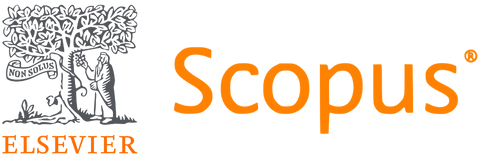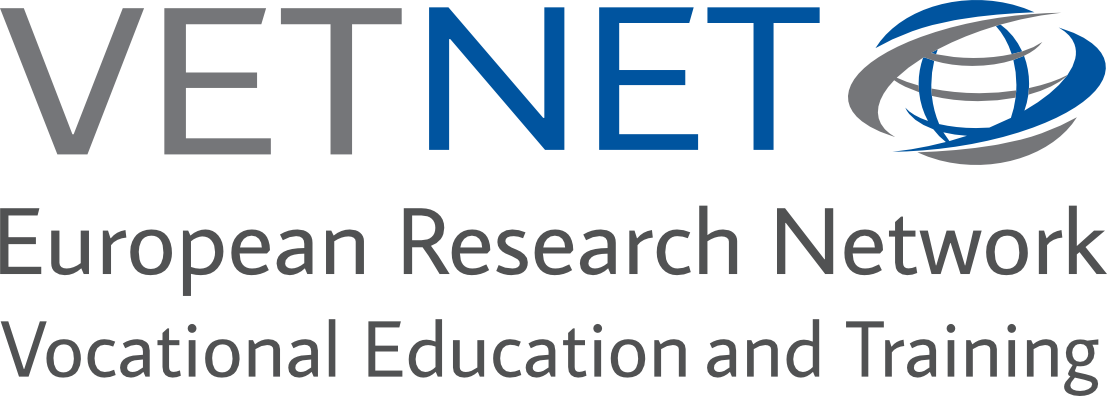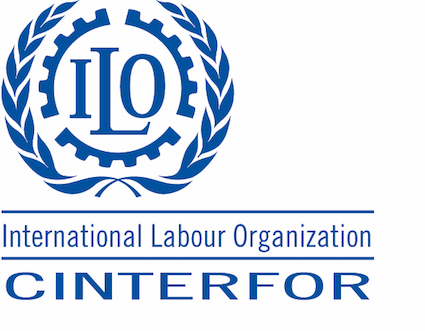Measuring Quality in Indian VET Institutions: Development Steps Towards a Framework Adapted to the National Context
DOI:
https://doi.org/10.13152/IJRVET.8.4.3Keywords:
Quality, Vocational Education and Training, VET, India, Polytechnic Colleges, Industrial Training InstitutesAbstract
Purpose:
Purpose: The quality of vocational education and training (VET) processes plays an important role in international education policies and research. In India, issues of quality came into focus in recent years due to an increased demand for skilled workers, and continuing challenges in the area of quality of VET. Existing quality assurance mechanisms of VET in India are characterised by a lack of comprehensiveness and uniform standards. This paper addresses the contextualised development of an Indian-specific approach for quality measurement. It centres on following research question: Which quality areas, criteria and related indicators are of relevance for measuring quality comprehensively?
Approach: Design-based research substantiates the research objective, which is to develop a model that is theoretically and technically sound, as well as adapted to the national context. The question of how to create "cultural-fit" was essential for the research process illustrated in this paper. Starting point for the development of the approach was to build a structured review, and following analysis, with reference to existing models and approaches to quality management. The initial search examined national and international academic sources for quality management in business and education, as well as governmental sources for quality management strategies in VET. A significant number of models were selected, based on inclusion criteria, and these models were aggregated to provide a source for a first own conception of an approach.
Results: Quality dimensions and criteria were collected and identified with reference to distribution across models. In total, seven major quality areas are identified, namely Institutional Sphere and Context; Personnel; Educational Planning, Provision and Assessment; Learning and Teaching; Leadership and School Management; Industry Linkage and Learner Achievements. In addition, 40 quality criteria are determined under these major quality fields, and relevant quantitative and qualitative sub-indicators for measurement are derived.
Conclusion: The actual results will be a basis for the following pilot-based implementation in India. The model can provide meaningful feedback and data-based recommendations for continuous improvement of the Indian VET system and may furthermore provide for a reflected and contextually adapted implementation in other countries.
Downloads
Online First / Final Publication Date
How to Cite
Issue
Section
URN
License
Copyright (c) 2021 Muthuveeran Ramasamy, Julia Regel, Harshil Sharma, Anjana Rajagopalan, Matthias Pilz

This work is licensed under a Creative Commons Attribution-NonCommercial-NoDerivatives 4.0 International License.





